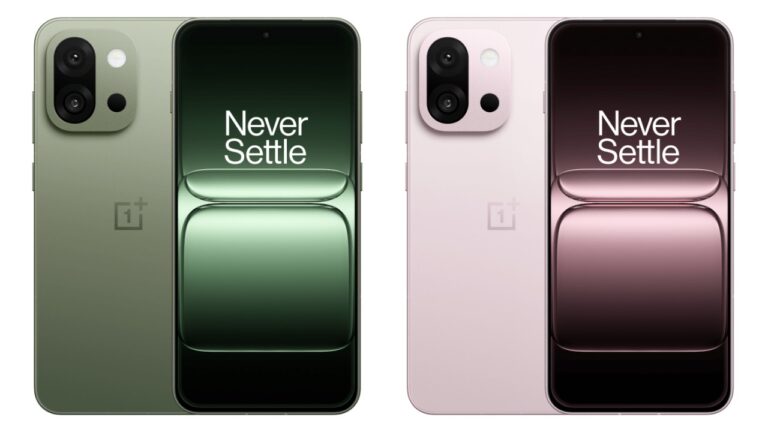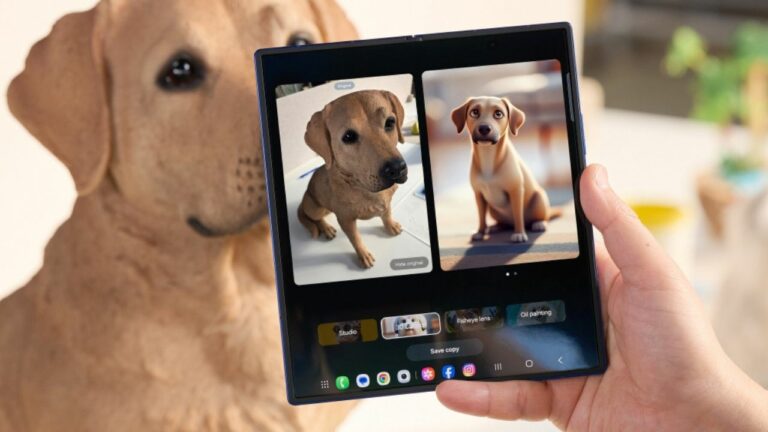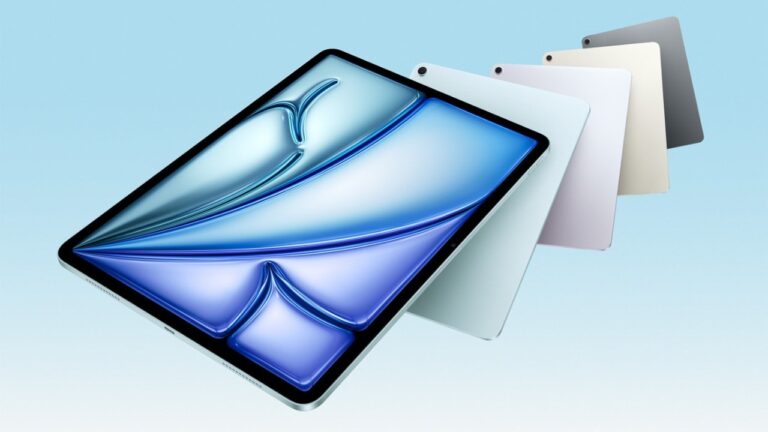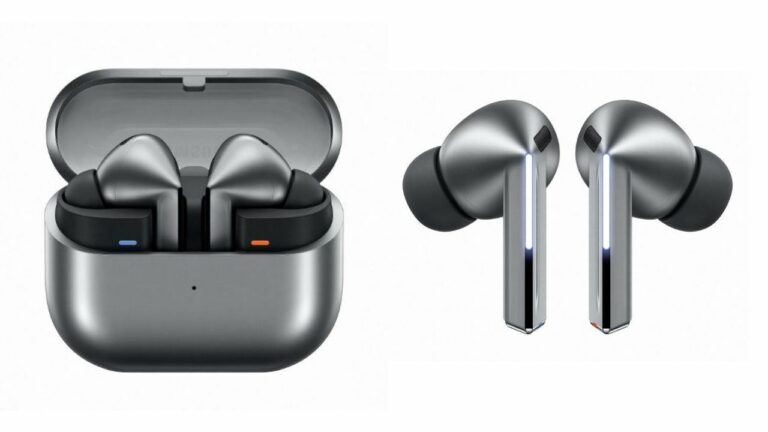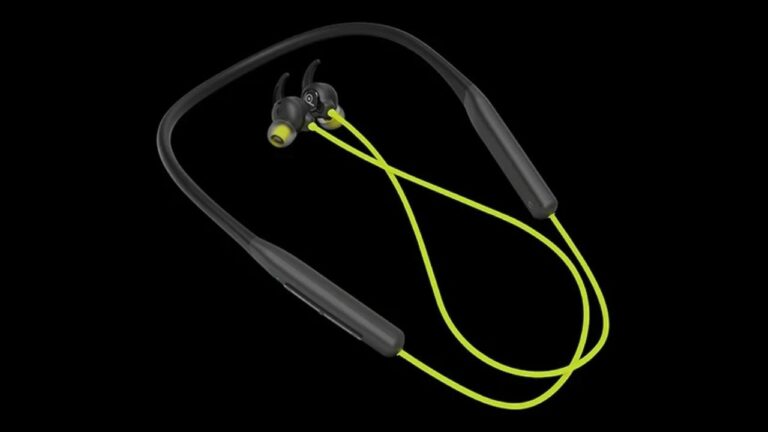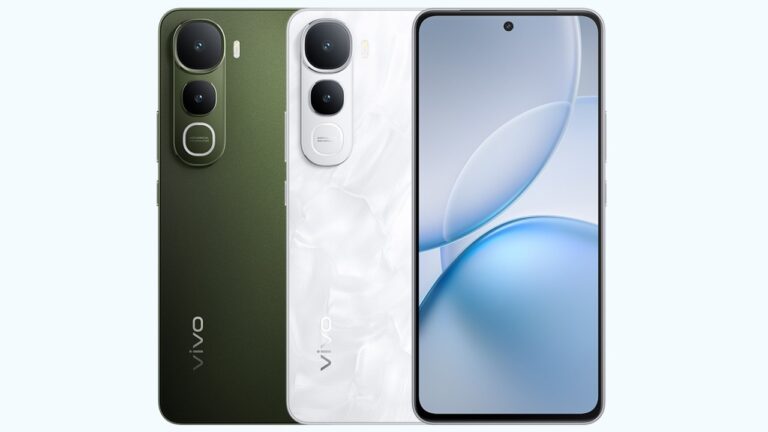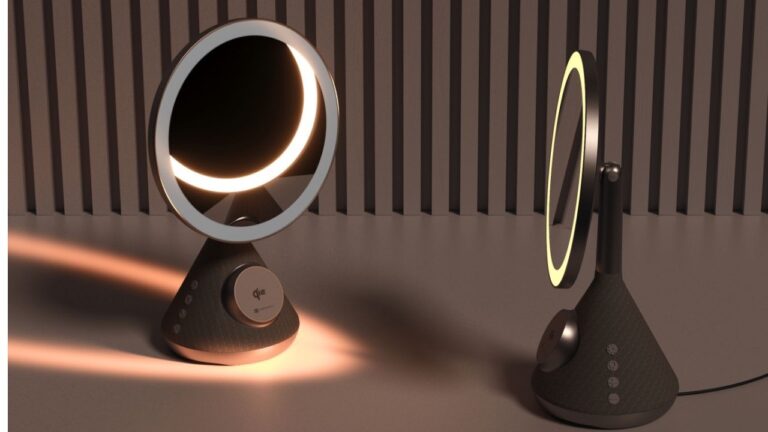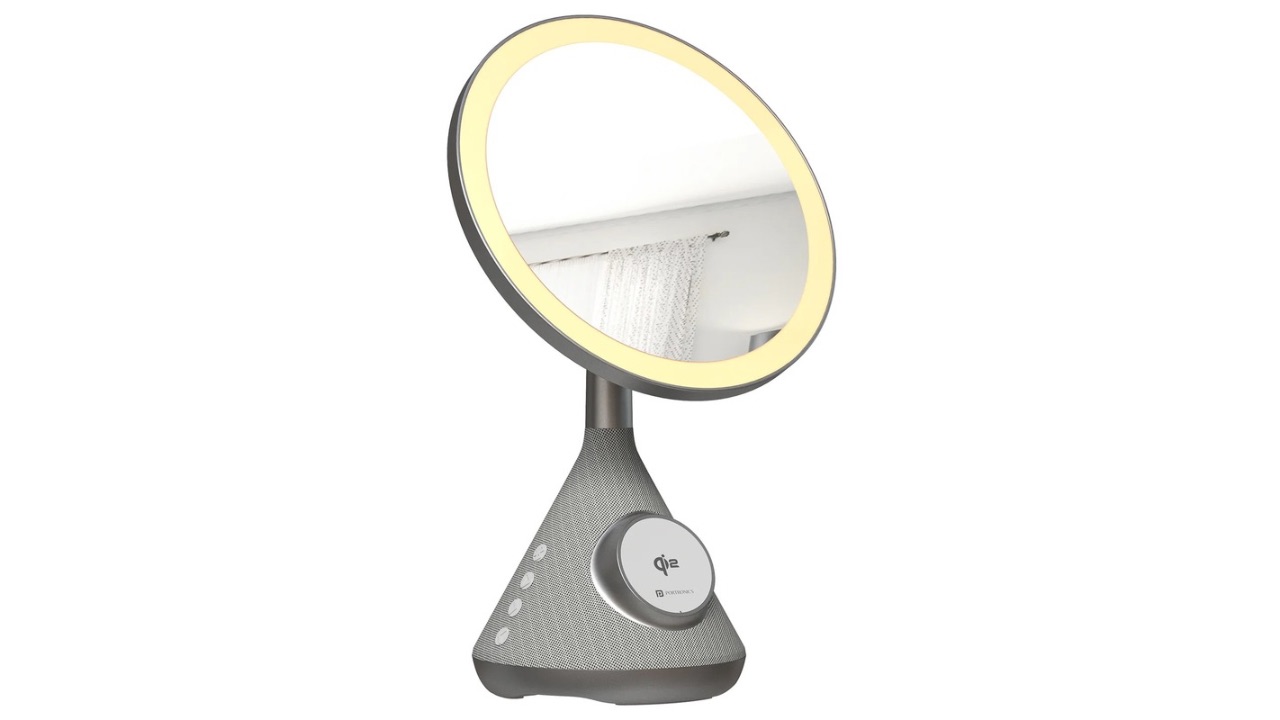Google is currently rolling out the Android 16 August update which brings fixes for some frustrating issues like those where the three-button navigation would get stuck. Here’s everything to the new update contains and the list of devices that are receiving it right now.
The Android 16 August update is rolling out to all supported Pixel devices running the latest version of Android. The devices will receive these software updates starting today, and the rollout will continue over the next week in phases, depending on carrier and device. You will receive a notification once the system update is available for your device.
The changelog for the Android 16 August update is as follows:
System
- General improvements for system stability and performance in certain conditions
User Interface
- Fix for an issue where the scheduled dark theme was not working in certain conditions
- Fix for issues with 3-button navigation and gesture navigation in certain conditions
These three fixes are being rolled out for all affected Pixel devices including Pixel 7, Pixel 7 Pro, Pixel 7a, Pixel 8, Pixel 8 Pro, Pixel 8a, Pixel Fold, Pixel Tablet, Pixel 9, Pixel 9 Pro, Pixel 9 Pro XL, Pixel 9 Pro Fold, Pixel 9a. The Pixel 6 series is also getting the update but it seems to have remained unaffected from these issues.
Meanwhile, Google’s next major launch event is right around the corner, scheduled for August 20, where it will be unveiling the Pixel 10 series of devices. A new report suggests that the sale dates for Pixel 10 Pro Fold, Pixel Watch 4, and Pixel Buds 2a have been delayed due to supply chain issues. However, they’ll still be unveiled at the August 20 event and will be up for pre-order from the same day.


